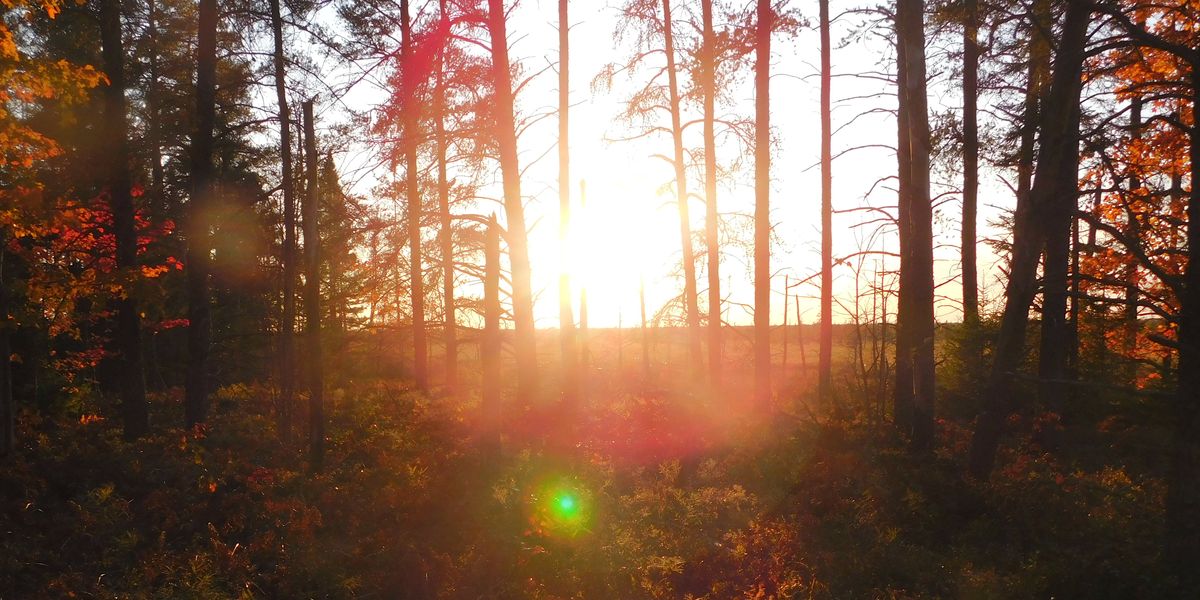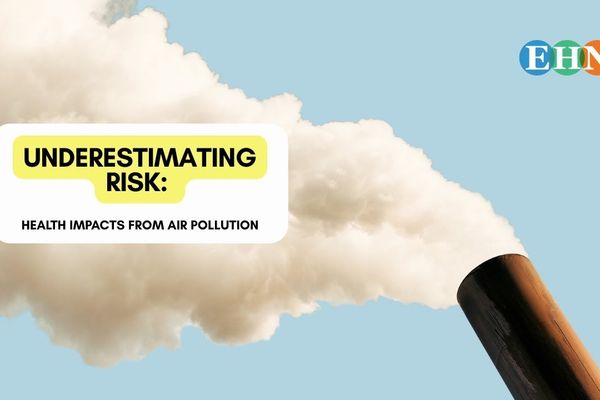
Puerto Rico’s blackout crisis drags on as solar dreams stall and federal dollars sit idle
Despite billions in recovery funds and a bold renewable energy mandate, Puerto Rico remains trapped in a cycle of blackouts, political gridlock, and public frustration.
Gloria Gonzalez reports for Politico.
In short:
- Puerto Rico’s electric grid is the most fragile in the U.S., with frequent blackouts disrupting daily life, healthcare access, and education for 3.2 million residents.
- Congress allocated over $20 billion post-Hurricane Maria to fix the system, but delays, bureaucratic red tape, and political infighting have left most of the funds unspent.
- While rooftop solar offers relief for some, large-scale renewable projects have stalled, and fossil fuel interests are regaining ground under new pro-gas leadership.
Key quote:
“The fact right now is that solar energy is the best way, the easiest way and the cheapest way" to provide energy to Puerto Rican communities.
— Jonathan Castillo Polanco, Director of Green Energy, Hispanic Federation in Puerto Rico
Why this matters:
Puerto Rico’s power crisis is a public health emergency hiding in plain sight. Unreliable electricity cuts off access to medicine, clean water, and safe shelter, putting lives at risk with every outage. Billions of federal dollars are just sitting in bureaucratic limbo while 3.2 million people deal with flickering lights, dead refrigerators, and hospitals scrambling to keep lifesaving machines running. The result is a feeling of abandonment — by the federal government, by mainland media, and by an energy system that was never built to last.
Read more:














